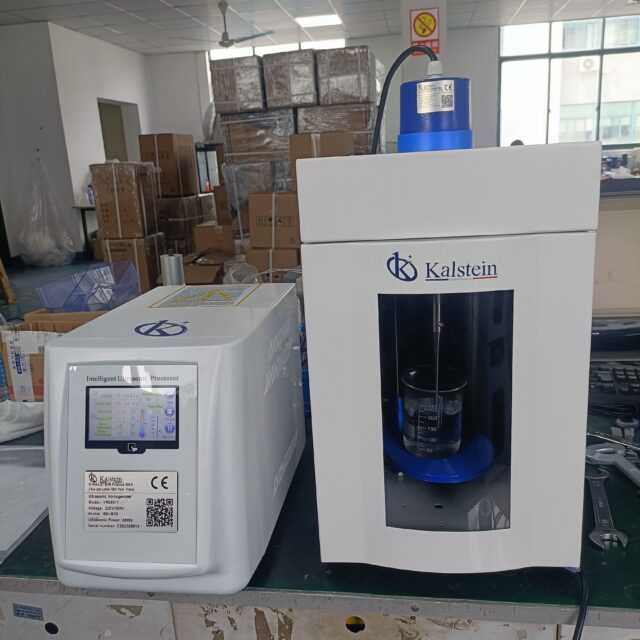Homogenizers are essential equipment in food production, as homogenization has become a standard process in the food and beverage industry. The raw materials used in the food sector can be inherently heterogeneous, which can lead to production disadvantages.
The homogenization process facilitates the production of uniform, consistent mixtures with improved taste and color, thus improving food palatability and consumer acceptability. It can also improve product stability and shelf-life.
In the dairy industry, homogenization has been a routine process for many years. It is carried out to increase the stability of the milk nutrient blend.
When choosing homogenization equipment, there are two important issues to consider: firstly, which raw materials will be used, and secondly, what characteristics are desired in the processed product. Once these considerations have been made, it is essential to know the purpose of homogenizing equipment, types, advantages and disadvantages, among other things.
It’s important to remember that homogenization can be achieved by three different methods, depending on the type of force used. Accordingly, the process is classified as follows:
- Mechanical homogenization
- Pressure homogenization
- Ultrasonic homogenization
Types of homogenizers
There is a wide variety of homogenizing equipment, depending on the type of treatment they perform. We have mechanical homogenizers, which can use different types of mechanisms to reduce particle size. Among these are those based on blade mills, ball mills and rotor-stators.
There are also pressure homogenizers, whose main component is the breaker system. Depending on the mechanism of the breaking system, these homogenizers can be valve- or orifice-based. Finally, there are ultrasonic homogenizers, which use ultrasonic waves to generate a phenomenon known as acoustic cavitation.
Homogenizing equipment used by the food industry
In the fruit and vegetable industry, a wide variety of foods are processed, some of which are sensitive to high temperatures, while others require pre-treatment, as is the case for hard, high-fiber fruits and vegetables such as carrots, turnips, beet and pineapple. Next, the pulp and sediment are subjected to a homogenization process to ensure separation of solid particles, uniformity and homogeneous distribution in the liquid.
In this food group, the initial reduction in particle size is achieved with blade mill homogenizers. Similarly, this device enables the reconstitution of frozen juices and salad dressings, when used at low operating speeds. When used at high speeds, thick creamy drinks and purées can be produced for breast-feeding children.
Ball mills are used for micronizing dried fruits and vegetables, while rotor-stator homogenizers are used for emulsification. Ultrasonic homogenizers are used for the extraction of bioactive compounds, or as a pre-treatment for fruit and vegetable dehydration.
Pressure homogenizers are the most widely used in the fruit and vegetable industry, due to the advantages of the combined action of homogenization and temperature increase. This effect results in products with extended shelf-life and improved physico-chemical properties. Another advantage of pressure homogenizers is their ability to process large volumes of liquid samples in a reproducible manner.
Furthermore, when studying the homogenization process in the dairy industry, it should be remembered that the biochemical composition, structure and rheology of dairy products differ significantly from those observed in cereals, fruit and vegetables.
Pressure homogenizers are used in the dairy sector. The process begins when the milk is driven by a piston at high pressure to a homogenizing valve, where it must pass through the gap between the valve and the inner wall of the pipe. At this point, the velocity increases drastically as the pressure decreases, generating cavitation and turbulence, causing the fat globules to break up into smaller ones.
Fragmentation of milk fat globules ensures a more uniform distribution of globules, avoiding fat separation in the final product. Homogenization also prevents oxidative rancidity and lipolysis.
Kalstein homogenizers
Kalstein offers the YR series of rod and ultrasonic homogenizers. You can choose the one that best suits your needs. Kalstein ultrasonic equipment features a touch screen, automatic sample temperature monitoring and an alarm system to warn of dangerous temperature rises. Power settings can be adjusted from 1 to 100%. They can also communicate with a computer or print out data. For more information on Kalstein homogenizers, visit the link HERE

